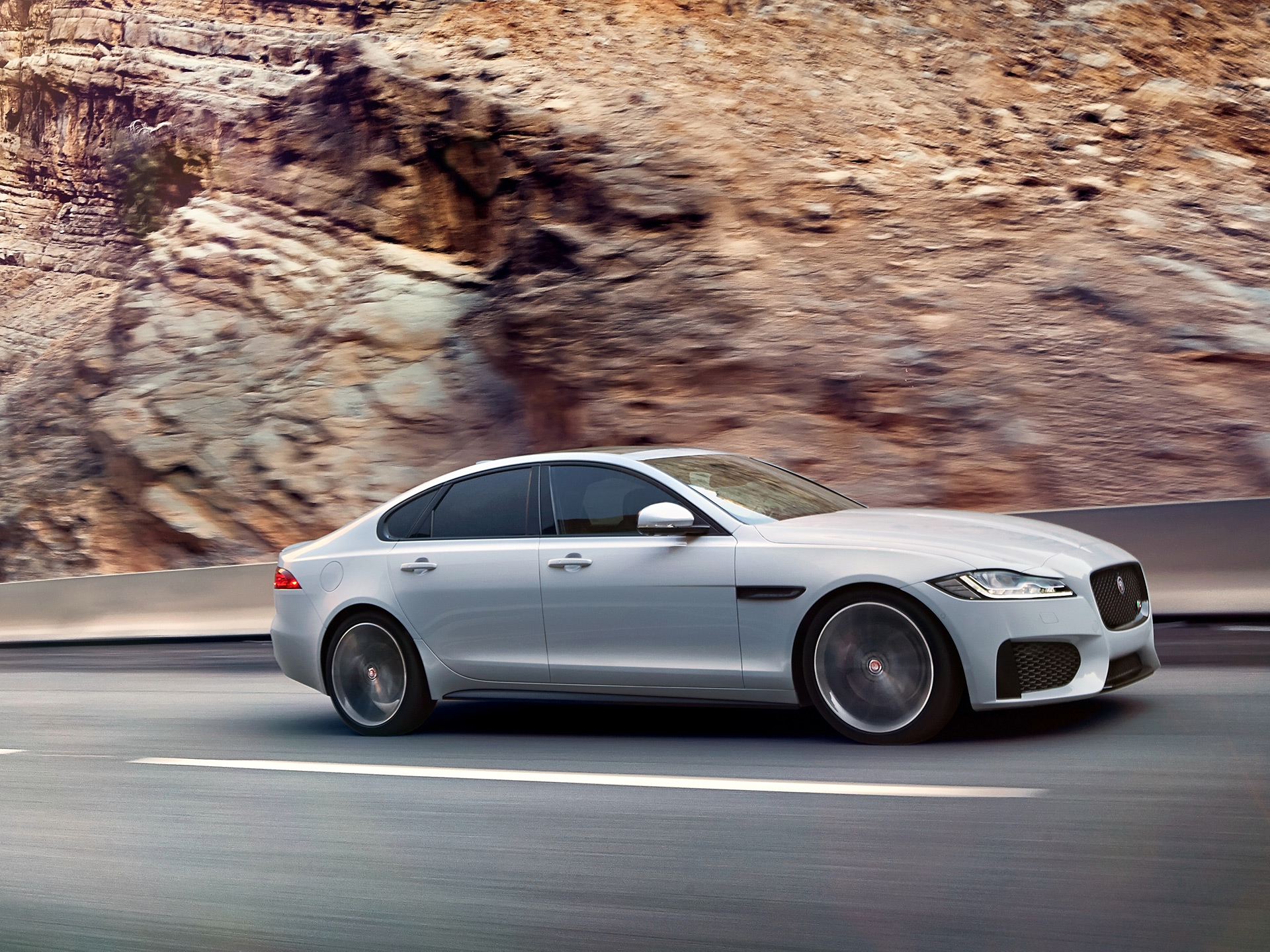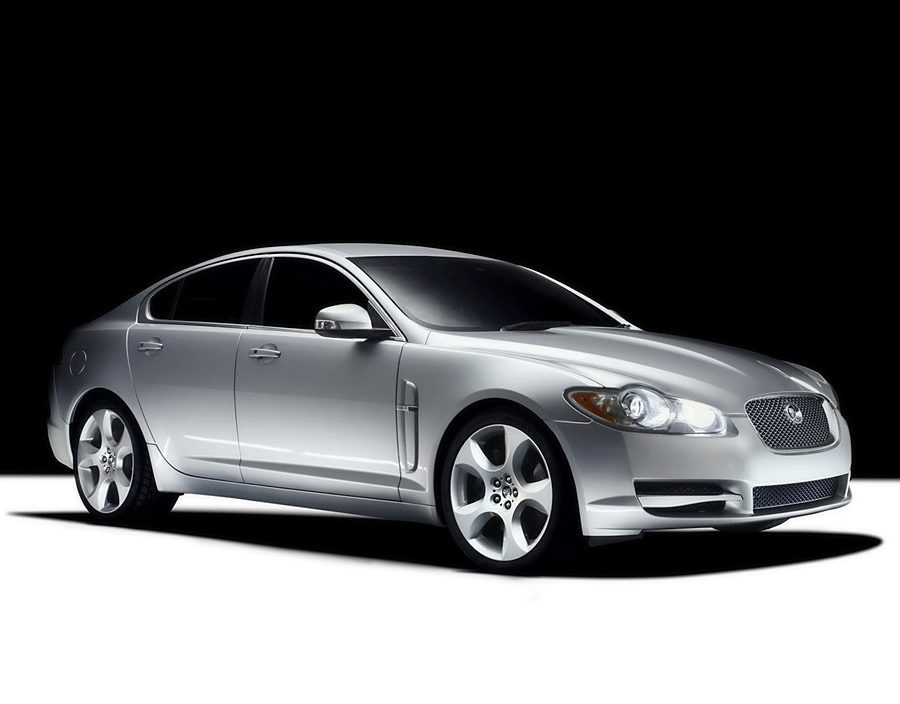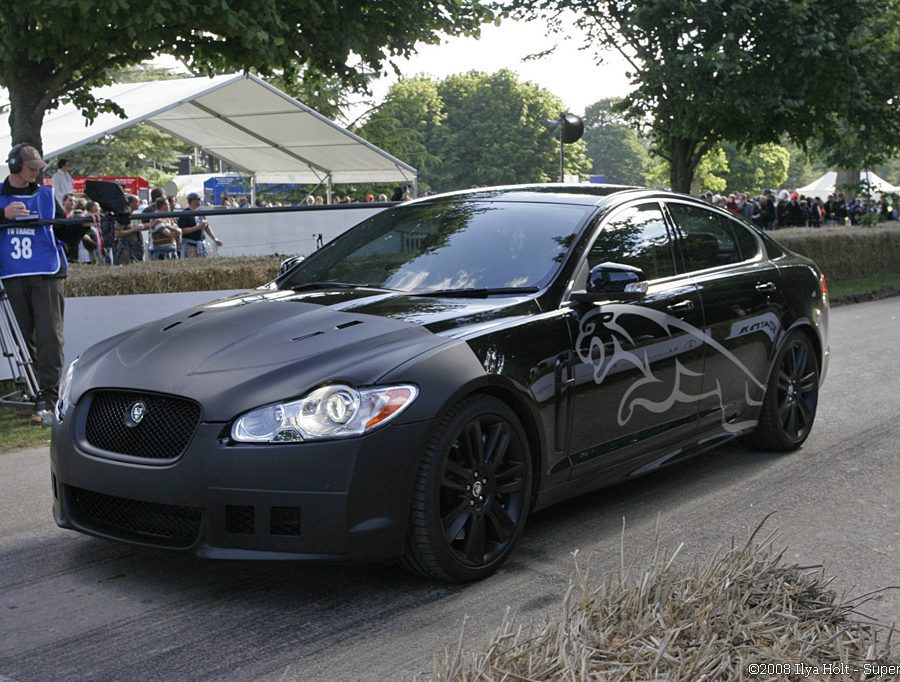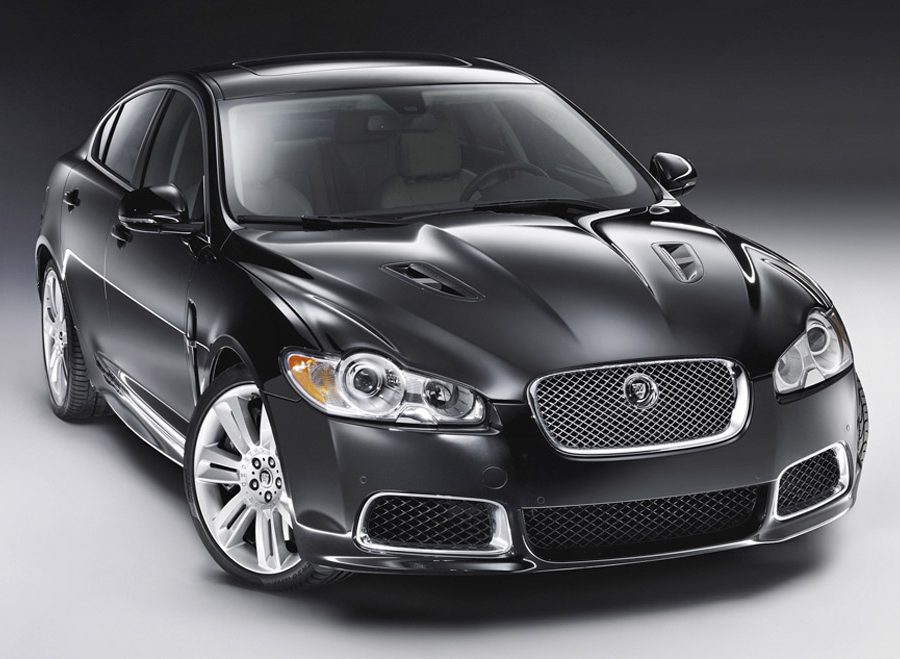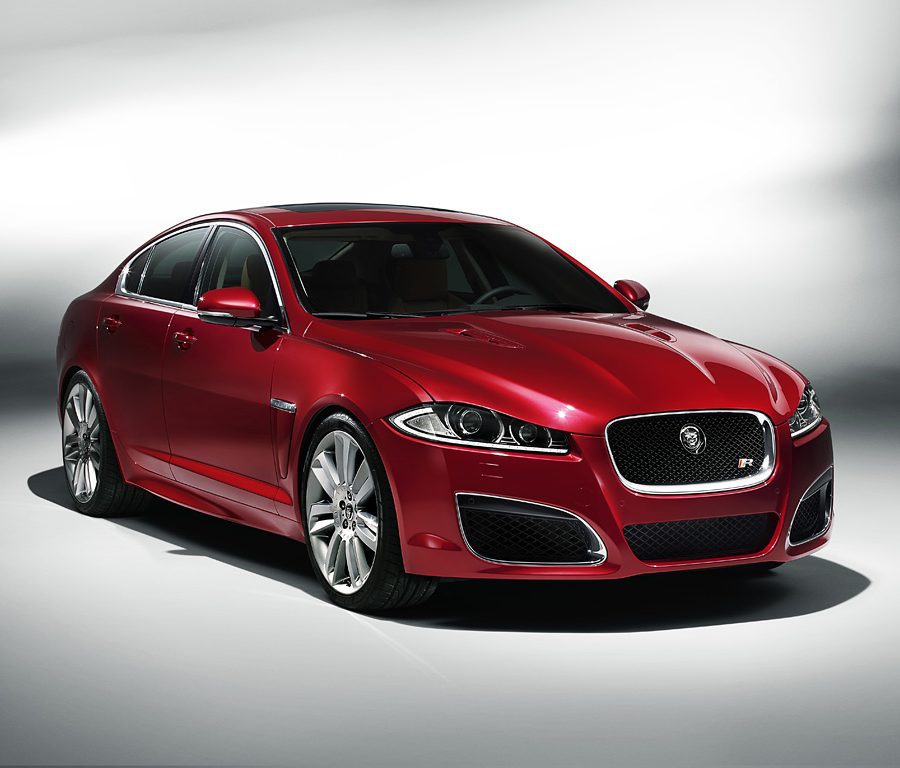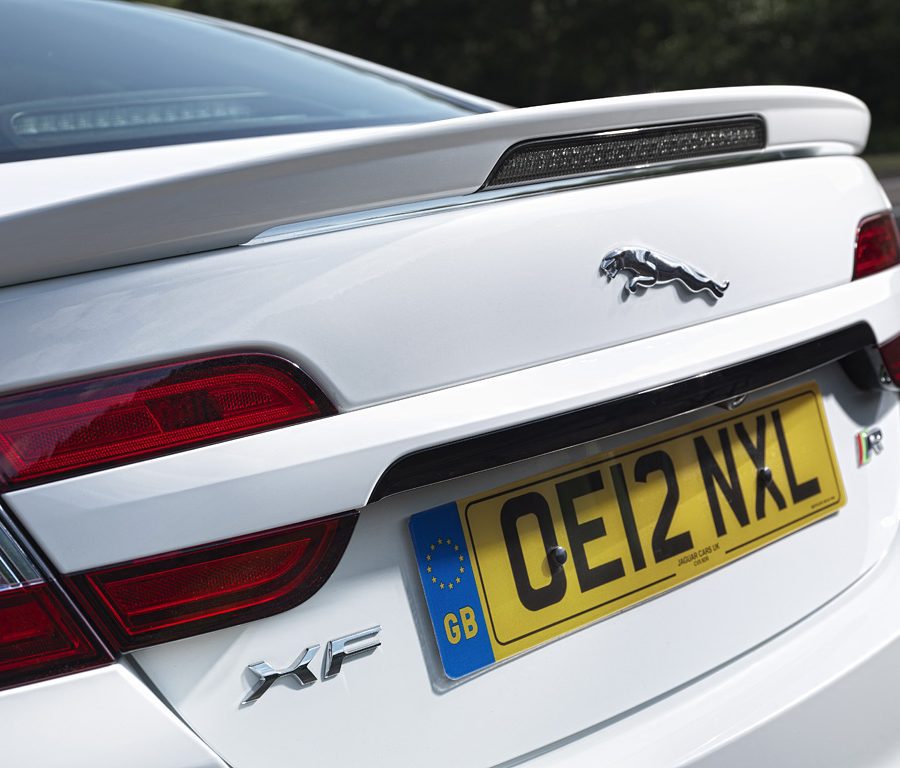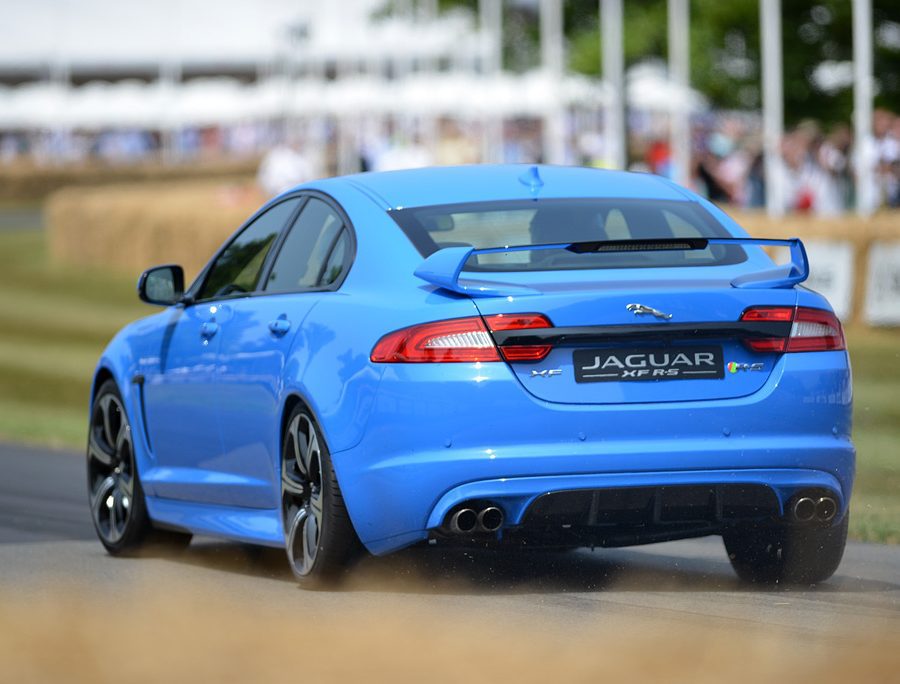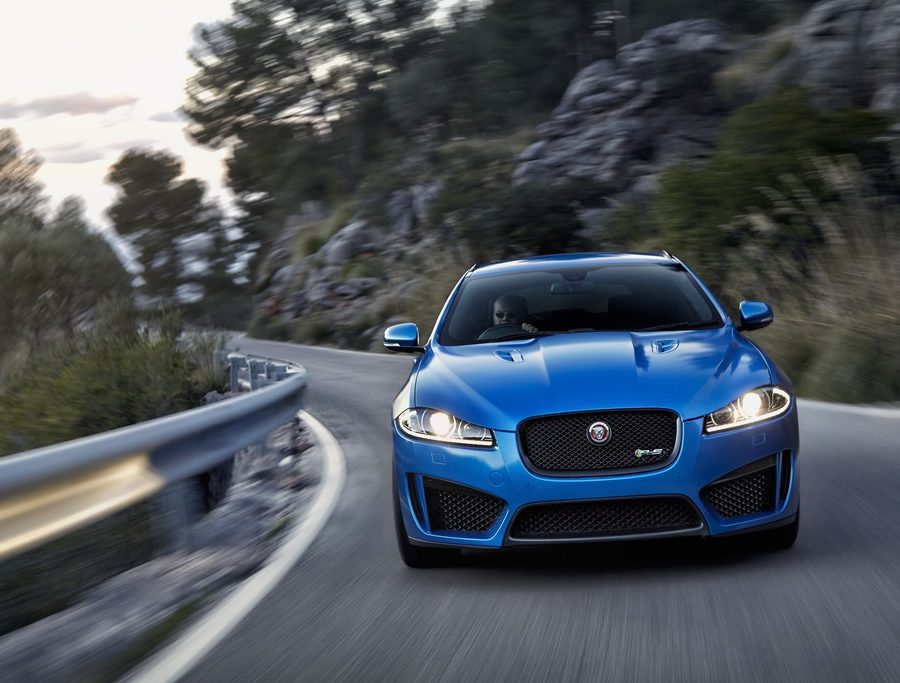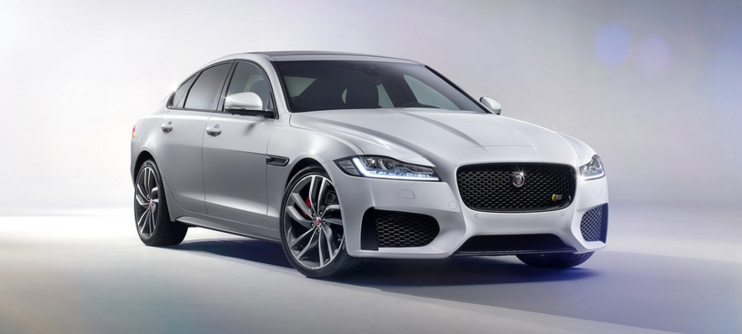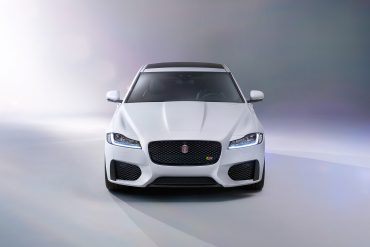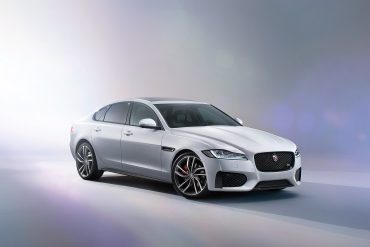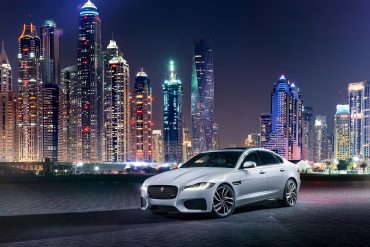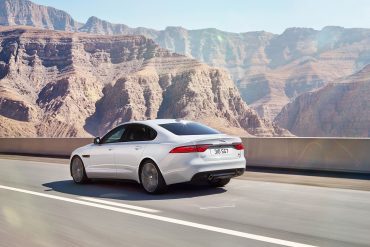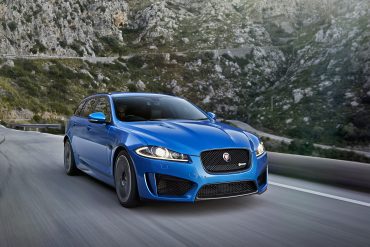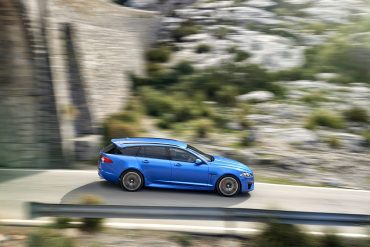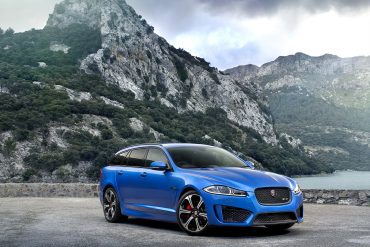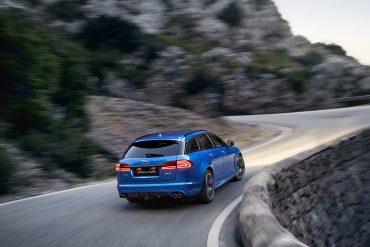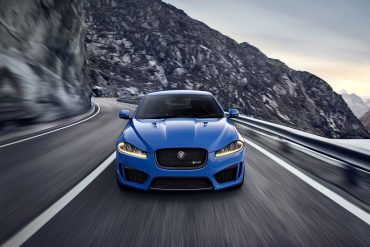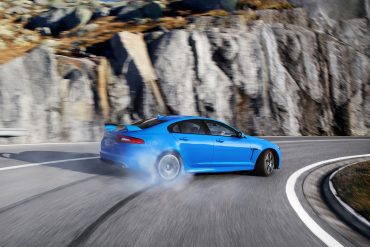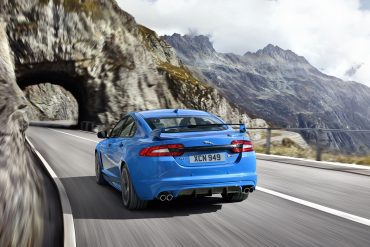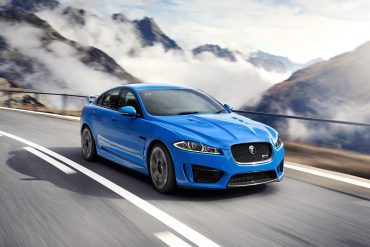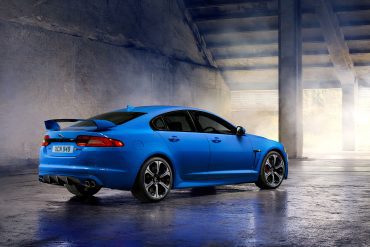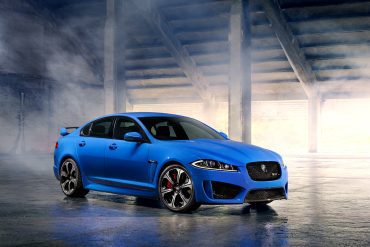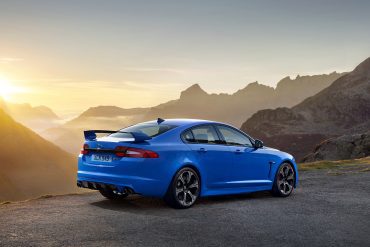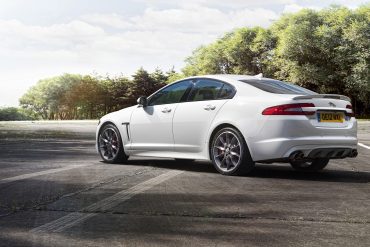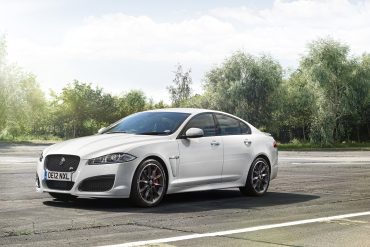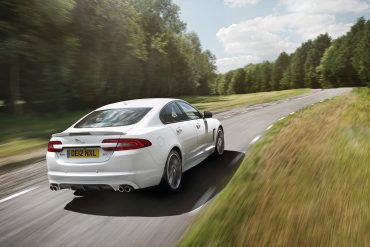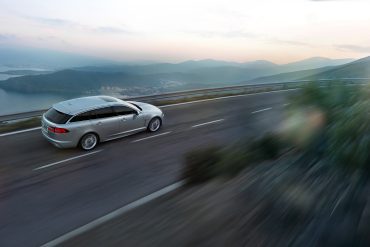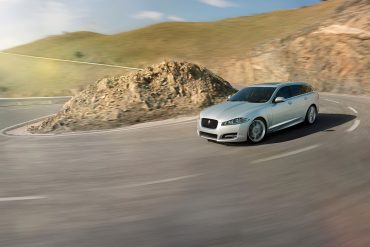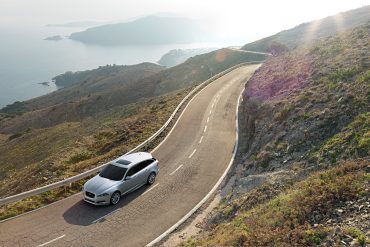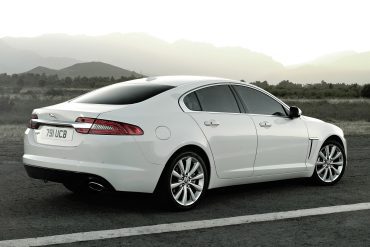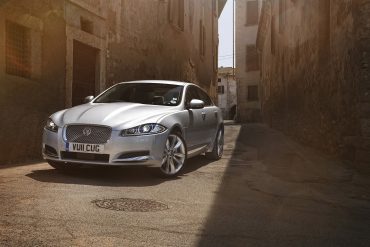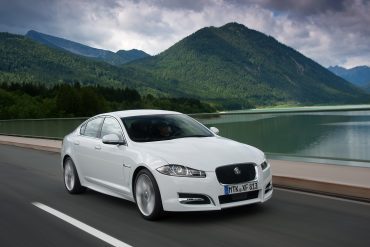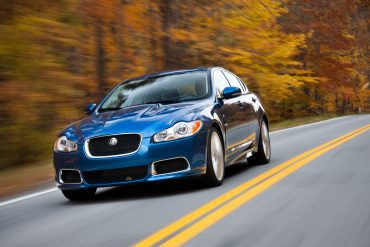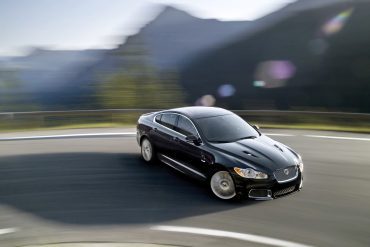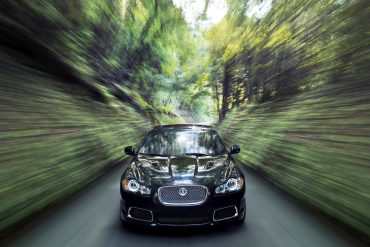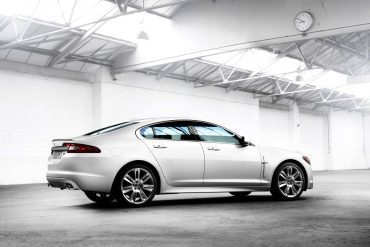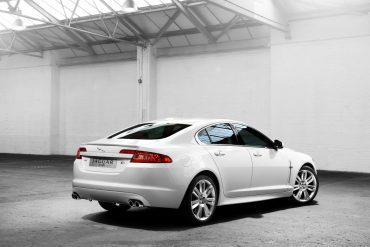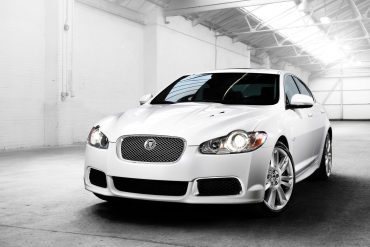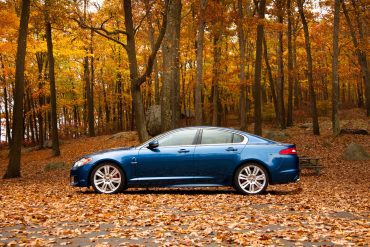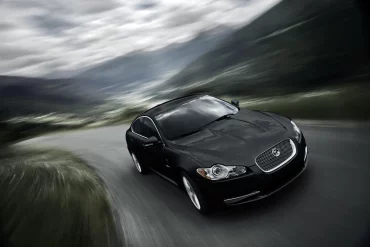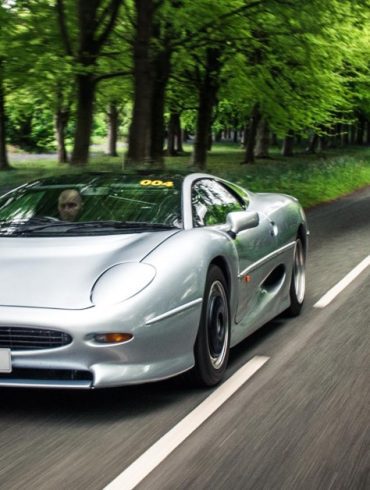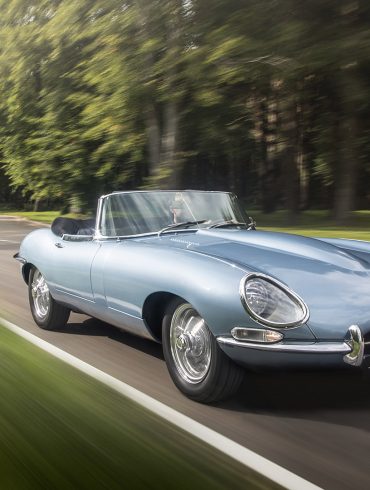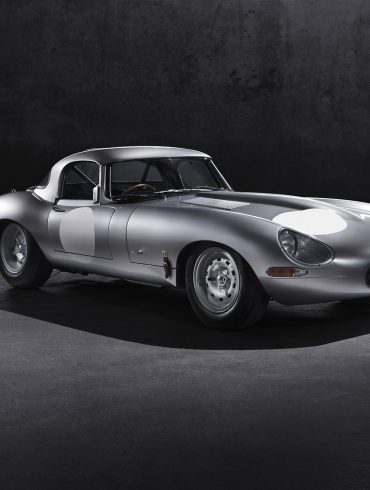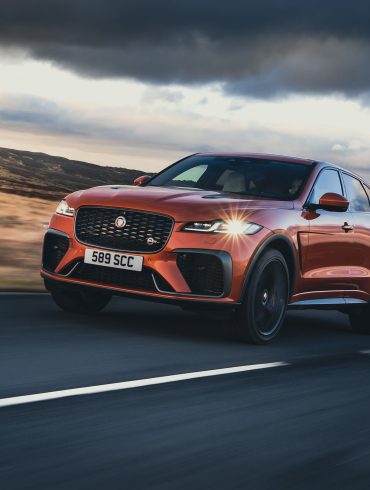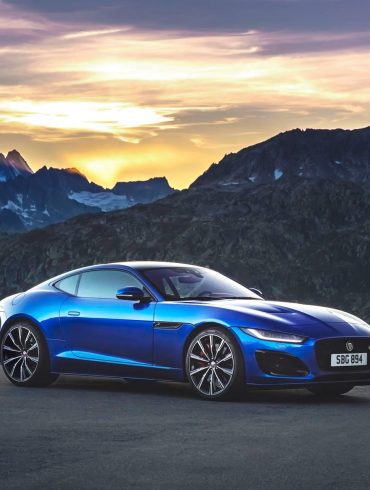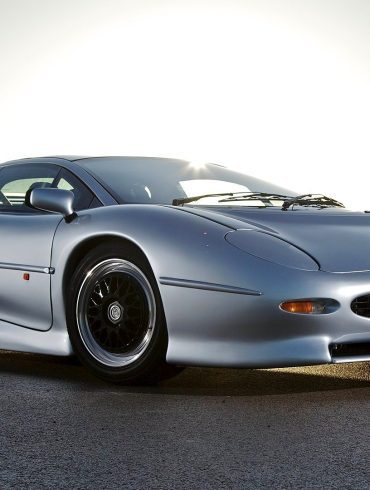2008 Jaguar XF SV8 Challenging convention and setting its own rules, the new Jaguar XF fuses the style and performance of a sports car with the refinement, space and sophistication of a luxury saloon. This is the beginning of a new era for Jaguar. The new XF: a dramatic expression...
Jaguar XF
2007 - Present
The XF introduced a new visual style to Jaguar, revolutionizing the brand and convinced buyers that they don’t have to like retro to enjoy one. Production started in 2007. At its core, the XF was based heavily on the old S-TYPE, although it looked and felt vastly different. The XF was replaced in 2015 but was now underpinned by an all-new aluminum architecture, and powered by the new-generation Ingenium engine range.
Overview
Jaguar first introduced the XF in 2007, touting it as a luxury sports sedan. It was introduced to replace the aging S-Type fleet.
The Jaguar XF marked a new direction for the brand, injecting modern luxury and sporty handling into the classic Jaguar sedan formula. The first generation (2007-2015) broke away from the retro styling of its predecessors with a sleek, coupe-inspired look. The second generation (2016-present) further refined the design, offering a blend of sharp lines and graceful curves. Both generations boast a thrilling drive and a luxurious interior filled with advanced technology, making the XF a compelling alternative to traditional German luxury sedans.
The Jaguar XF has stood as a paragon of executive saloon excellence, seamlessly blending Jaguar's storied heritage with contemporary luxury and innovation. Since its inception, the XF has evolved across those first two significant generations: the X250 and the X260. Each generation marks a distinct phase in the evolution of the model, showcasing Jaguar's commitment to refinement, performance, and technological advancement.
The X250 Generation: Laying the Foundation (2007-2015)
Launched in 2007, the Jaguar XF X250 was a bold leap forward, heralding a new era for Jaguar with its departure from the more conservative styling cues of its predecessor, the S-Type. The X250 was a breath of fresh air with its sleek, modern design that combined elegance with a hint of sportiness, a characteristic that would define Jaguar's design language for the years to come.
The X250's design was a revelation. Its sweeping lines, coupe-like silhouette, and aggressive front fascia gave it a dynamic presence. The interior was equally impressive, featuring a contemporary design with high-quality materials, the now-iconic rotating air vents, and the rising rotary gear selector, which added a sense of occasion to every drive.
Under the hood, the XF X250 didn't disappoint. It offered a range of engines, from efficient four-cylinder diesels to the exhilarating supercharged 5.0-liter V8 in the XFR, which delivered astonishing performance. The ride was a perfect balance of comfort and agility, thanks to its sophisticated suspension setup, providing the grace and pace Jaguar is known for.
The X250 was well ahead of its time, equipped with an array of technological features like adaptive cruise control, blind-spot monitoring, and an intuitive touchscreen infotainment system. It set high standards for luxury saloons, offering a blend of performance, technology, and unmatched style.
Transition to the X260 Generation: Embracing the Future (2015-Present)
The transition to the X260 in 2015 marked another significant milestone in the XF's lineage. Built on Jaguar's advanced aluminum-intensive architecture, the X260 was lighter, stronger, and more efficient than its predecessor, reflecting Jaguar's forward-thinking engineering and design philosophy.
The X260 generation refined the already successful design language of the X250, making it more streamlined, aerodynamic, and contemporary. The interior took luxury and craftsmanship to new heights, with even more premium materials, a state-of-the-art infotainment system, and a focus on comfort and refinement.
The X260 continued to offer a wide range of powertrains, including Ingenium four-cylinder engines that provided an excellent balance of power and efficiency. The introduction of mild-hybrid technology further enhanced its performance credentials, offering improved fuel efficiency and reduced emissions without compromising on Jaguar’s signature driving dynamics.
Jaguar equipped the X260 with the latest technology, ensuring it remained competitive in the ever-advancing automotive landscape. Features such as the InControl Touch Pro infotainment system, a digital instrument cluster, and a suite of advanced driver-assistance systems demonstrated Jaguar's commitment to innovation, safety, and driver convenience.
A Legacy Continues
The Jaguar XF, through its X250 and X260 generations, exemplifies a harmonious balance between tradition and innovation. It remains a testament to Jaguar's enduring commitment to luxury, performance, and sophistication. The XF's evolution reflects the marque's adaptability to changing times and technologies while staying true to its core values of delivering exhilarating performance, unmatched style, and refined luxury.
As we look back at the journey of the XF, from the groundbreaking X250 to the refined X260, it's clear that Jaguar has meticulously sculpted the XF not just as a car but as a symbol of contemporary luxury and performance. The XF stands not only as a flagship of Jaguar's engineering prowess but also as a beacon of the brand's bright future in the automotive industry. Whether navigating city streets or cruising on the open road, the Jaguar XF remains a distinguished choice for those who demand the finest in luxury motoring.
Jaguar XF Basics
Jaguar XF (X250)
Manufacturer: Jaguar Cars ('07–'12), Jaguar Land Rover ('13–'15)
Production: 2007–2015
Model years: 2008–2015
Assembly: U.K and India
Designer: Ian Callum
Body style: 4-dr sedan, 5-dr estate
Layout: Front-engine RWD/AWD
Platform: Ford DEW98
Engine (P): 2.0 L turbo Inline 4
Engine (P): 3.0 L Jaguar V6
Engine (P): 3.0 L Supercharged V6
Engine (P): 4.2 L Supercharged V8
Engine (P): 5.0 L Supercharged V8
Engine (D): 2.2 L Inline 4
Engine (D): 2.7 L V6
Engine (D): 3.0 L V6
Trans: 6-speed auto
Trans: 8-speed auto
Trans: 6-speed ZF S6 manual
Wheelbase: 2,909 mm (114.5 in)
Length: 4,961 mm (Saloon), 4,966 mm (Sportbrake)
Width: 2,077 mm (2008–2011), 2,052 mm (2012 onwards)
Height: 1,460 mm
Kerb weight: 1,850 kg (4,079 lb)
Predecessor: Jaguar S-Type
Successor: Jaguar XF (X260)
Jaguar XF (X260)
Manufacturer: Jaguar Land Rover
Also called: Jaguar XFL (China)
Production: 2015–2024
Assembly: UK, China, India
Designer: Ian Callum
Body style: 4-dr sedan, 5-dr estate
Layout: Front-engine, RWD/ AWD
Platform: JLR D7a
Engine (P): 2.0-L Turbo I4
Engine (P): 3.0-L Supercharged V6
Engine (D): 2.0-L Turbodiesel I4
Engine (D): 3.0-L Turbodiesel V6
Trans: 8-speed ZF auto
Trans: 6-speed ZF manual
Wheelbase: 2,960 mm, 3,100 mm (XFL)
Length: 4,969 mm, 5,130 mm (XFL)
Width: 1,880 mm
Height: 1,457 mm, 1,491 mm(XFL)
Kerb weight: 1,545–1,855 kg (3,406–4,090 lb)
Predecessor: Jaguar XF (X250)
"The XF proves that Jaguar can build a luxury sedan that's both genuinely sporty and legitimately luxurious."
Car and Driver
"Lovely looking, comfortable, refined and a surprisingly entertaining steer. The XF is proof that Jaguar is back on track."
Top Gear


